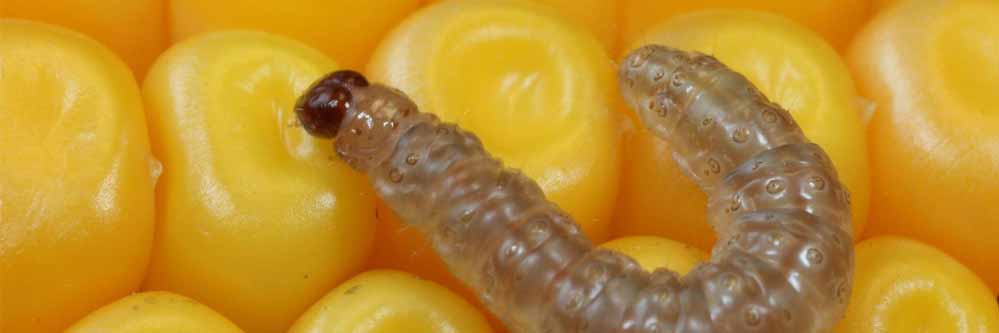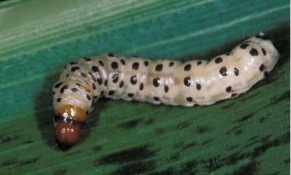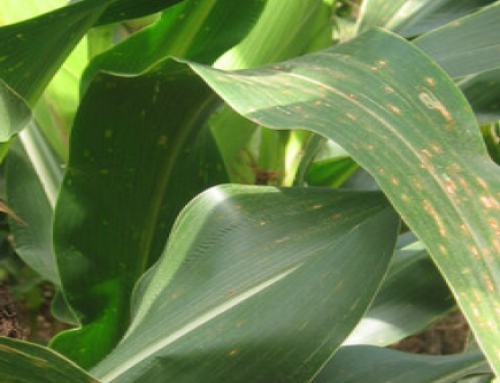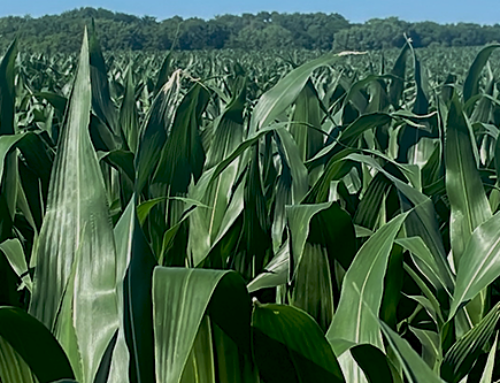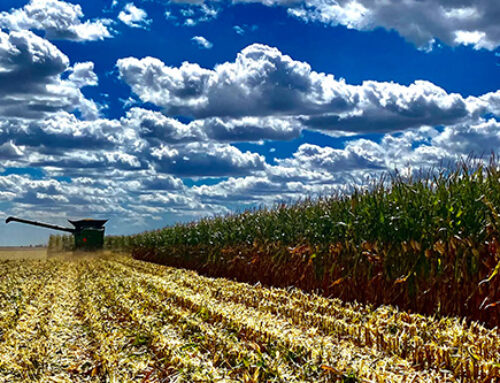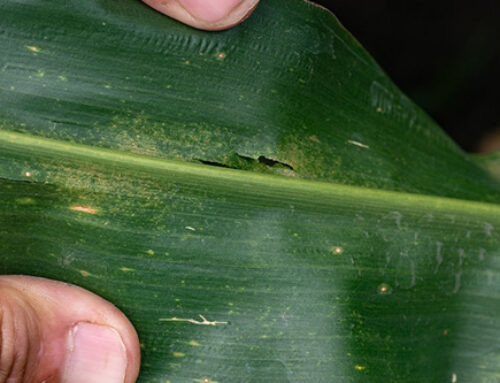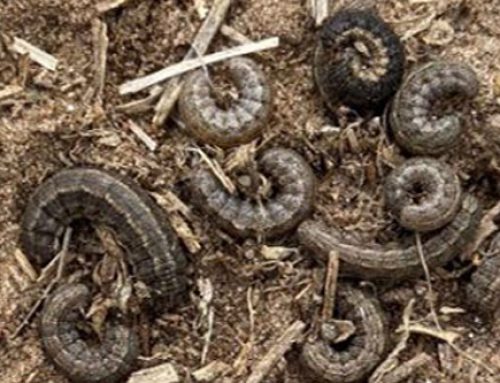Prior to the introduction of the Bt (Bacillus thuringiensis) gene in corn, it was common to treat the vast majority of corn acres in this country for European and/or Southwestern Corn Borer each summer. In many areas, there are two, possibly three flights of the corn borer moth each year. The second flight is usually more of a concern than the first, but corn borer larvae can cause damage regardless of when they appear.
The Bt gene truly changed how the corn borer species is managed. Now, corn borer control is taken for granted when the Bt gene is present. But there are still situations where conventional control is necessary.
Regulations require that a certain percentage of acres are planted to a “refuge”. A corn refuge is an area of the field or an adjacent field planted to seed that does not contain the Bt gene.
These non Bt plants are still susceptible to corn borer larvae feeding, and when threshold levels are reached, these areas still require treatment with insecticides. Refuge areas are essential to make sure the corn borer species do not build resistance to the Bt gene. Allowing corn borer larvae to feed on refuge corn, and controlled through conventional insecticides will decrease the chance of resistance to the Bt gene.
A newer tool available to producers is “refuge in a bag” (RIB). A certain percentage of the seeds in a bag are not Bt seeds. These seeds serve as the refuge for the field. No “structured” refuge is necessary for above ground pests when using RIB. Just because a structured refuge is not necessary for the corn borer species, there are still cases where structured refuges are necessary for certain below ground pests – such as the corn rootworm larvae. This gets a little confusing, but there are Bt “events” that require a structured refuge for below ground pests, and Bt events that do not require a structured refuge for below ground pests.
Your Crop Quest Agronomist can help to determine when refuges are necessary, and how to comply with the different refuge structures that are required. By tracking corn borer flights and monitoring egg laying in non Bt fields and refuge areas, your agronomist is able to determine threshold levels and recommend treatment using the available means of control.
Written by: Dwight Koops
Featured Photo by: Adam Sisson, Iowa State University, Bugwood.org
